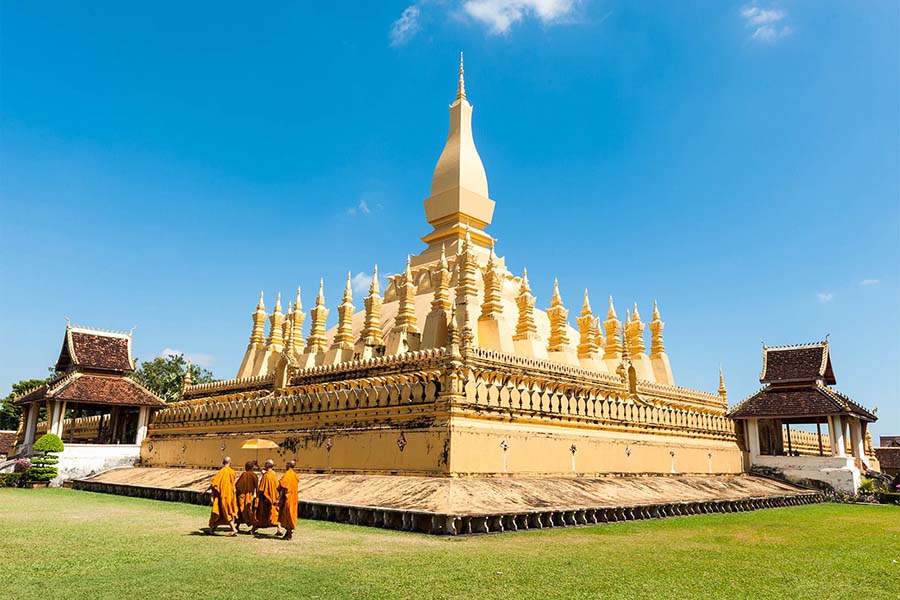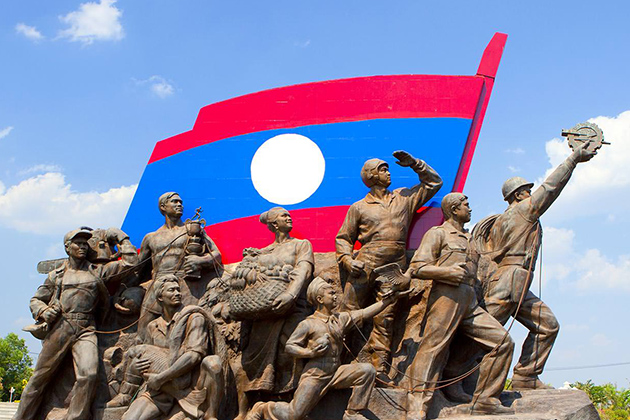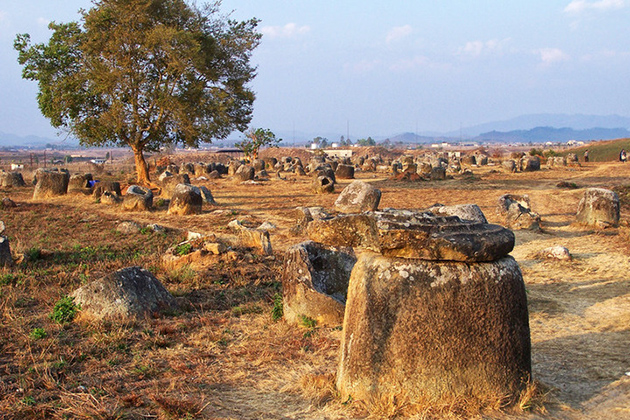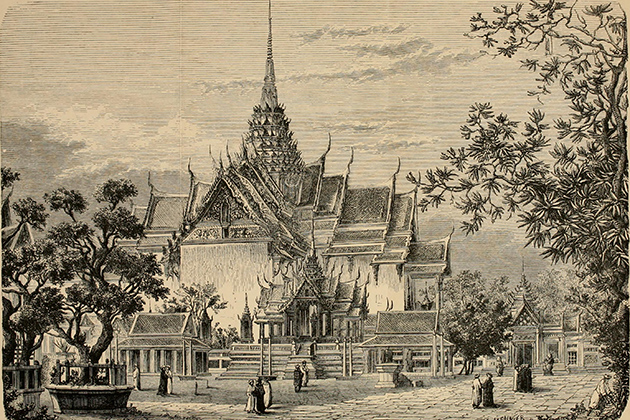Laos Prehistory
From the very beginning of the world’s history, civilization often starts near big rivers. Laos is not an exception. According to the archaeologist, the first person who was in Laos’ territory nowadays had appeared during Middle Holocene (6000-2000 BCE). The very first tasks such as hunting, gathering regarded as agriculture have been settled. People here also learned rice cultivation from China to maintain their life. There is sufficient evidence to say that the ancestor of Laotian nowadays comes from the Austro-Asiatic Language Family, which is known as Laos Theung at the moment.
Before Laos was officially formed in the thirteenth century, the appearance of people living in this area had been found from the 8th century BCE until the late 2nd century CE, the area in Xieng Khouang Plateau was an inland trading society. The most persuasive evidence remaining until now is the UNESCO Heritage Site, Plain of Jars, which reflects the ancient daily life of people with burial goods, ceramics, etc.
Early Kingdoms of Laos
From the 2nd century to the 6th century, Laos is under influence of the Champa Kingdom which came from Cambodia nowadays, the south of Vietnam, and the south of Thailand. Champa’s settlement was in Champassak, Laos. Until the 6th century, Champa People had been forced out of Champassak by Funan Dynasty (China). Right after that, Chenlan a proto-Khmer people who had established the first form of the kingdom in Laos. Nowadays, people are still able to encounter Khmer distinct architecture as well as the culture in Wat Phu, Champassak.
That’s what happened in the southern part of Laos. In the north and central, there is also another kingdom that had been formed by Mon People, the Dvaravati Kingdom which also consists of Thailand. Also located in the north, the rival of Dvaravati in the Haripunjaya Kingdom. During this period, Laos is not a completely united nation. The mainland of Laos nowadays is the territory of many different kingdoms and under influence of Cham People, the Khmer Kingdom, and also Mon People.
Tai Migration to Laos
During the Chinese Han Dynasty, there was a military expansion to the south. Therefore, many Tai-Kadai speaking people had moved to the south, which are Northern Laos, Northern Vietnam, and Northern Thailand in the 8th century. Moreover, The Mongol invasions of Yunnan China (1253-1256) had pushed them further into northern Laos.
Many kingdoms were established during this period. For example, in 1259, the Tai Kingdom of Lanna was founded in modern Thailand and started to expand to the east and to the north. In 1279, the city in the East, Chantaburi was then renamed to Vieng Chan Vieng Kham, which is modern Vientiane nowadays. Located in the north of Tai Kingdom, Muang Sua City was turned into Xieng Dong Xieng Thong, which means “City of Flame beside the River Dong” in 1271. This city actually becomes Luang Prabang, the first capital of Laos later. At that time, both Vieng Chan Vieng Kham (Vientiane) and Xieng Dong Xieng Thong (Luang Prabang) are independent cities and did not relate to each other. Not until 1354, with the establishment of Lan Xang Kingdom, two cities are connected.
Let your Laos tour be a journey through time, immersing yourself in the captivating stories and legends that have woven the intricate fabric of Laos' great history.





At one time Laos was know as the land of a thousand elephant when I was there. A friend just got back and say that the elephant is now endangered species because of the tusks. Since the opium trade is almost gone their using the tusks for their livelihood. Laos looks so beautiful. Better then living in the jungle near the Mekong trail. I hope had well is well with these wonderful people Some became good friends. I have no idea what seven + 1 is it 8